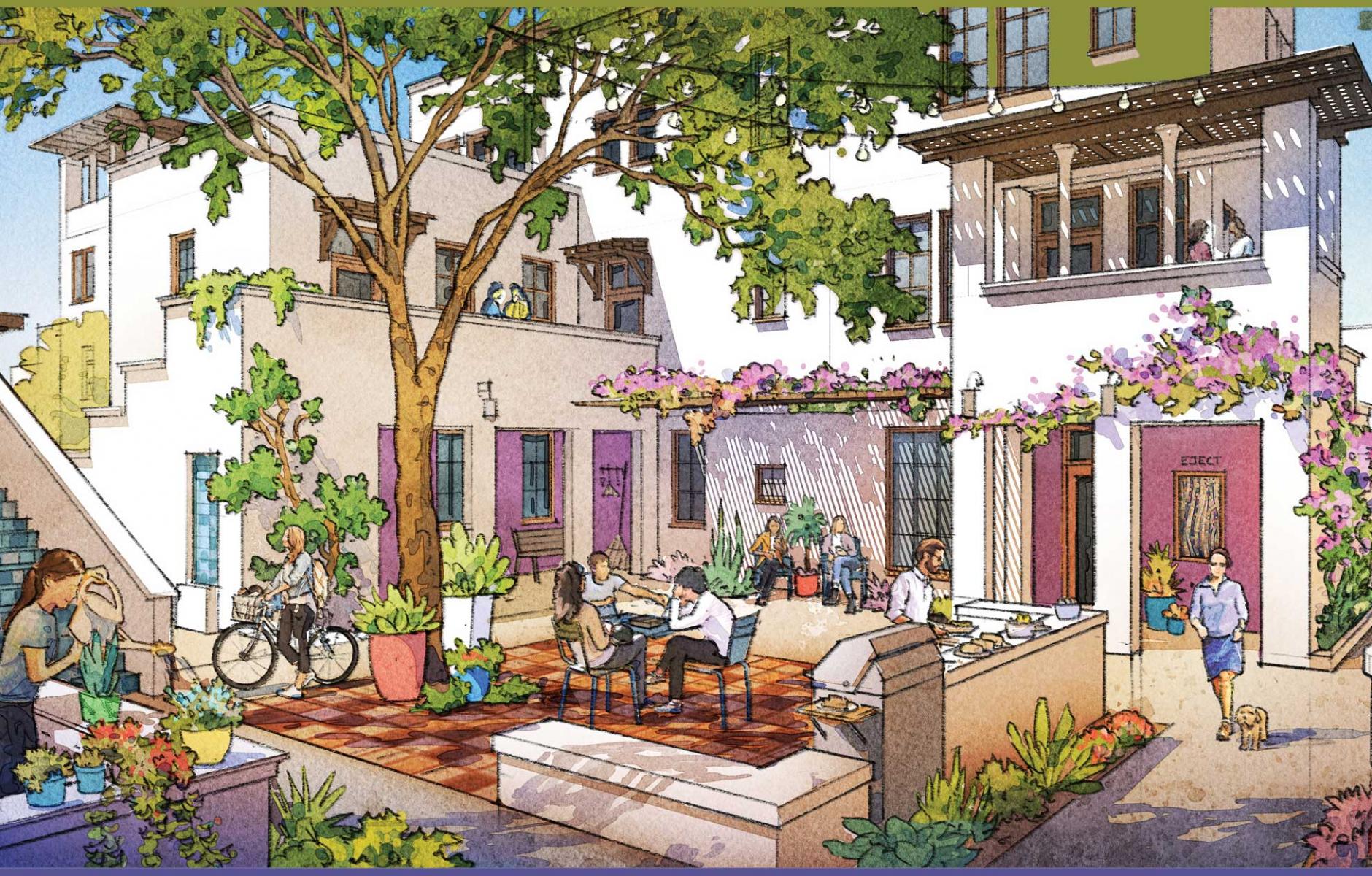
Car-free, mobility-rich urbanism becoming a reality
The first mobility-rich, car-free (at least in residential areas) Culdesac community is now becoming occupied, and the public spaces and buildings are living up to the attention-grabbing designs and renderings, architect and urban designer Daniel Parolek of Opticos Design told CNU.
The first restaurant, Cocina Chiwas, opened in early April, an 8,000-square-foot food market is nearly ready for business, and a coffee shop is preparing for customers. The first residents are moving in, Parolek explained in an On the Park Bench webinar.
“It’s a real joy when you get a call from a client and they ask you to take on a project like this,” he says. “For 25 years I have been thinking about car-light, walkable urbanism, but to actually design a project that is not hindered by the integration of the car is an amazing opportunity.”
Eric Kronberg, principal of Kronberg Urbanists + Architects—designers of two Culdesac projects in Atlanta, Georgia—also presented. The Culdesac projects in both cities have a similar design philosophy, but respond to different local conditions. The Atlanta projects have triple the density (120 units per acre versus 40 units per acre in Tempe).
Culdesac is the brainchild of founders Ryan Johnson and Jeff Berens, tech entrepreneurs who had a vision of mobility rich, car-free living, Parolek says. In Tempe, Culdesac brokered deals with rideshare, car-share, micro-mobility (e-bikes, scooters), and transit operators (the site is adjacent to a light-rail station) worth about $3,000 for each resident, so that people could live car-free even in a car-centric region, Parolek explains. Johnson and Berens are “creating a built environment for shared mobility,” he says. In addition to car-free, “mobility-rich is another way of thinking and communicating about this.” The commercial areas still have some parking for workers and customers who live outside of the development.
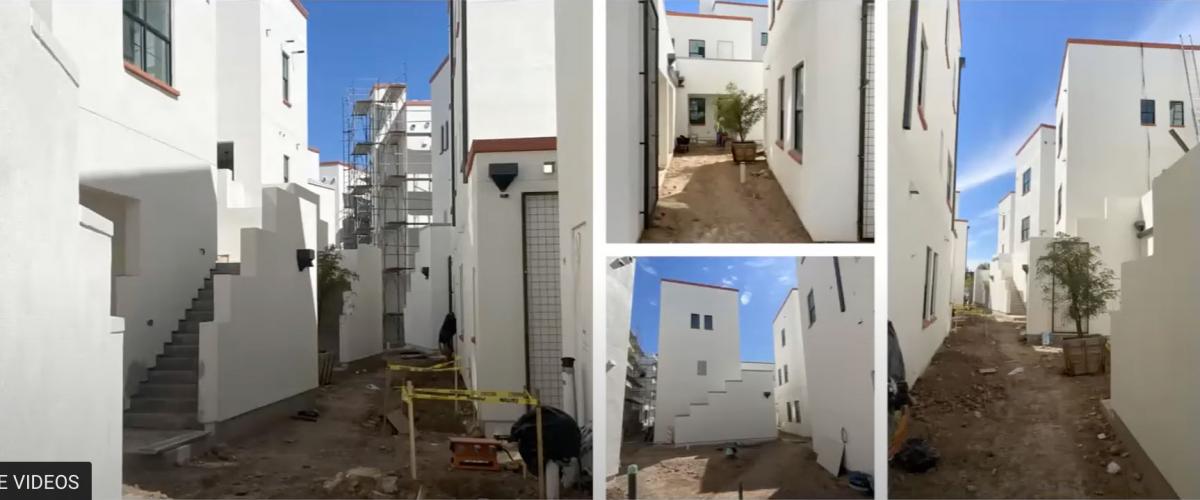
The Tempe design is based on many precedents. Architectural inspiration included the historic Barrio Viejo in Tucson, early “desert modern” architecture in the region, and Greek and French villages. The urbanism was inspired by the narrow pedestrian ways in urban places worldwide, Parolek says. The development is “desert responsive urbanism,” which he describes as “thoughtful public spaces that respond to the desert climate.” Public space takes the form of shady courtyards and paseos throughout the development. Units will open on to both pedestrian passages and courtyards. The plans are also inspired by “early beautiful painted signage and public art that reinforces a strong sense of place and a brand for the project.”
Culdesac Tempe could have reached far higher densities, Parolek explained, but the developers had a vision of two to three-story walkups (in a car-free layout, the plans still achieve significant density). The project moved through approvals quickly, despite breaking many rules of standard development, because city council members and the mayor became champions of project. The design team worked closely with fire officials, putting together a 60-page document showing how fire access would work throughout the project, despite many narrow passageways.
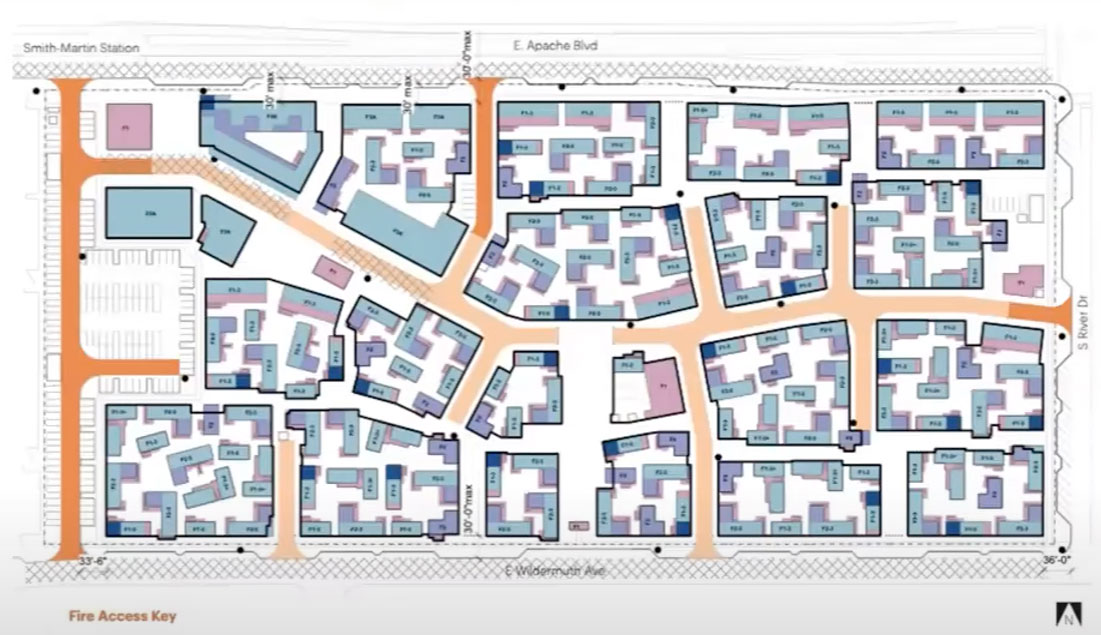
The central east-west paseo provides emergency access (and a place for utilities), and there are a number of truncated access routes. The team worked hard to keep the passages as narrow and intimate as possible. The developers have also focused on public space programming, to create a destination even before the first residents move in.
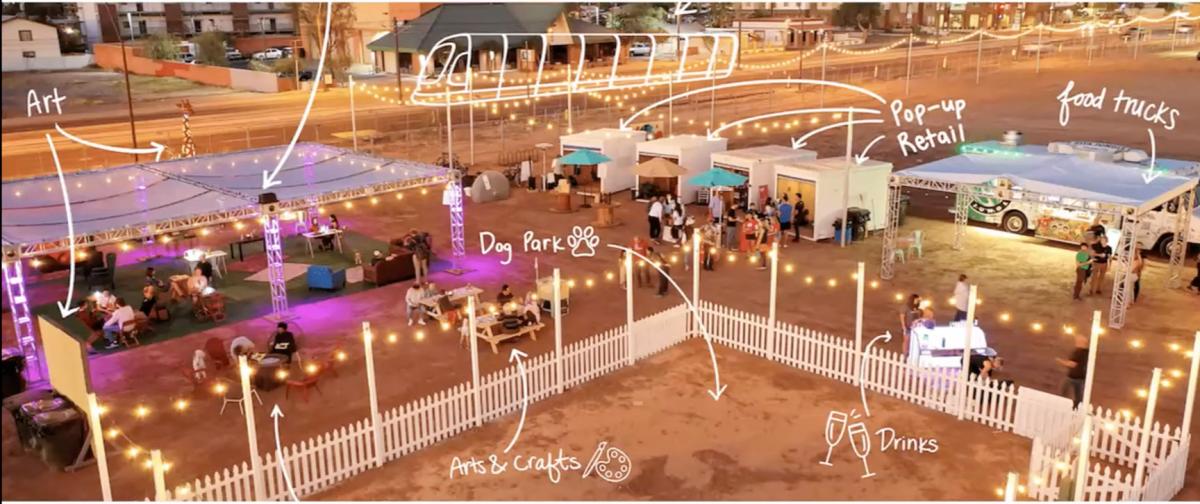
Culdesac Atlanta
Culdesac has two projects in southwest Atlanta, according to Kronberg. The larger one, about 20 acres on a historic state farmers market site owned by Atlanta Beltline Inc, is taking longer for approvals. Culdesac is partnering with Urban Oasis Development, a local developer. The smaller site, 1314 Murphy, is moving forward more quickly and will play a significant role in connecting Atlanta’s Beltline to the MARTA commuter rail system. A spur trail is being built to link the station to the Beltline, but a missing link goes through the 1314 Murphy development. “This is a really big part of connecting the Beltline to larger forms of mobility in Atlanta,” Kronberg says.
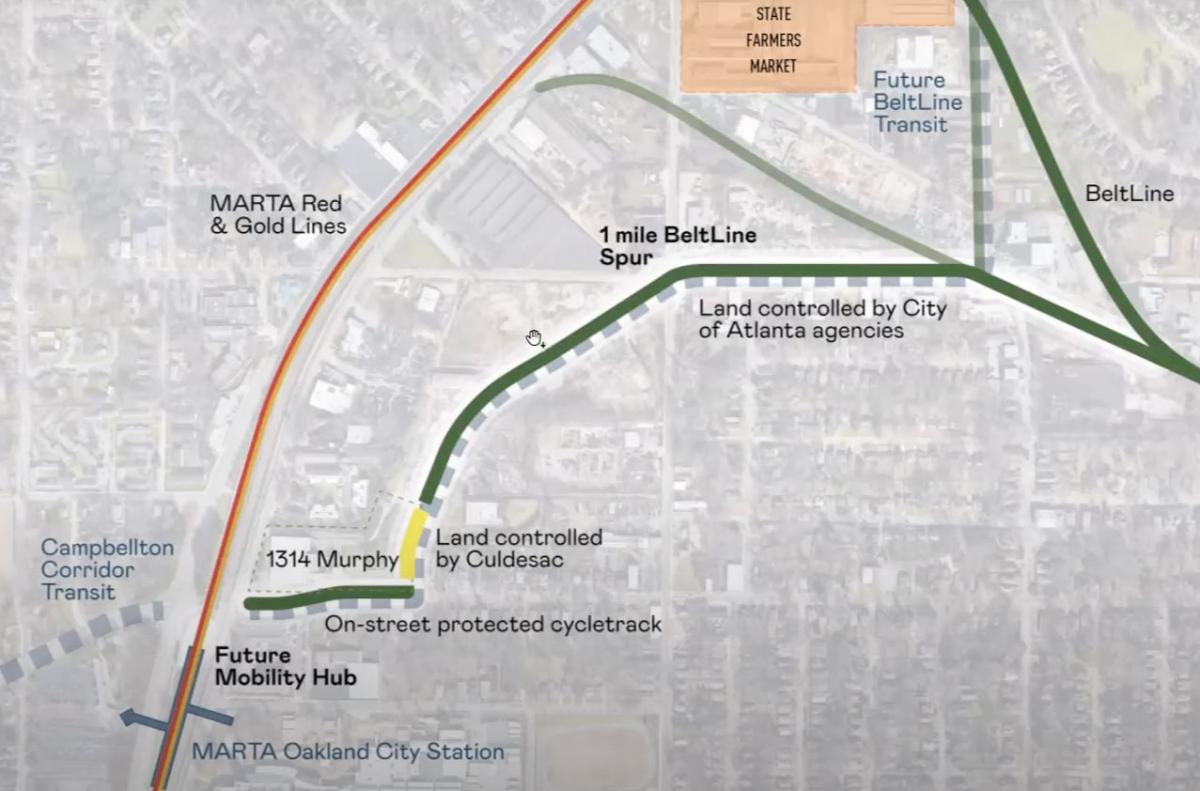
Due to land and other development costs, the Atlanta Culdesac projects need 120 units per acre to be profitable, Kronberg explains. Developers still plan to build the courtyard product that has been popular in Tempe, but some of these will rise to four stores in stacked townhouses, to increase density. Six story buildings will also be constructed (five floors of wood-frame construction over a concrete podium) to really boost density. The design challenge centered on how to remain true to the original vision while boosting density substantially.
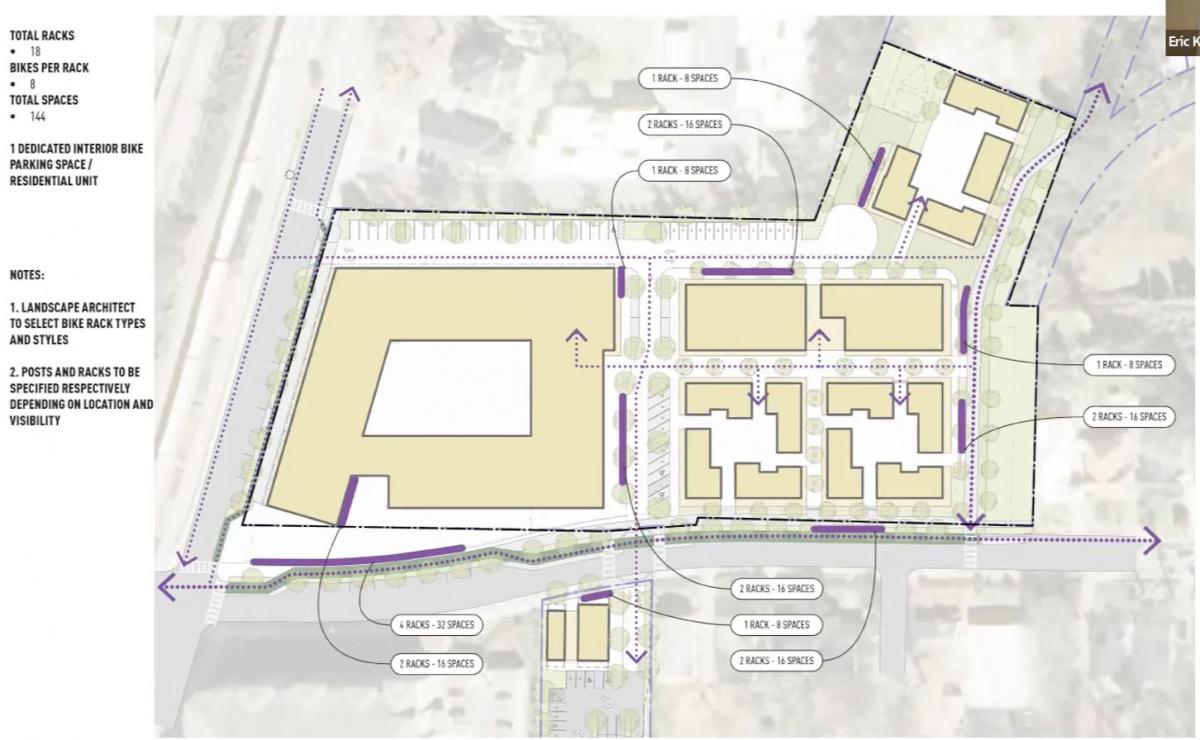
Culdesac Atlanta will place a significant emphasis on business incubation, particularly minority business owners. Like in Tempe, alternative transportation makes up an important part of the thinking. Even prior to Culdesac, e-bikes are becoming a game changer in Atlanta—now that The Beltline is built, they are often the fastest way of getting across town, Kronberg explains.
The Tempe project is proving the market for car-free living, and the demographics of residents may be surprising: Baby Boomers are making up a larger segment than anticipated, Parolek reports. “One thing New Urbanism has proven, is that there is a market for different living choices that are more urban and walkable, and this is just taking it to another level. Does the entire population want to live car-free? Probably not. But does 5 or 10 percent want that lifestyle? Probably. Over half of the first phase residents moving in from out of state. … The market is coming.”
See the entire webinar:





